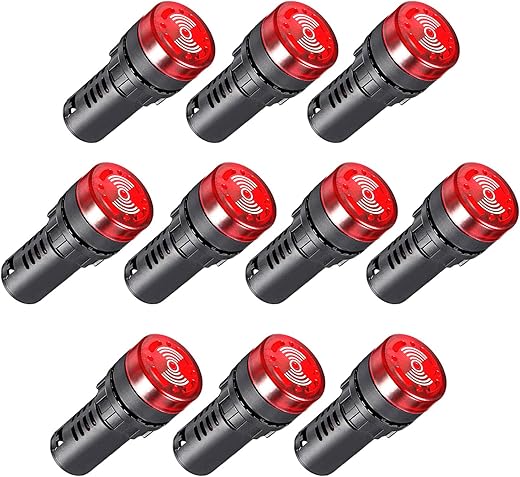







Understanding Control Indicators: A Comprehensive Guide
Control indicators serve as essential tools in various fields, helping professionals gauge performance, compliance, and outcomes. But what exactly are control indicators, and why should you care about them? In this article, we will explore the concept of control indicators, their importance, types, and how to effectively utilize them in your organization or project.
What Are Control Indicators?
Control indicators are measurable values that provide insights into the performance and efficiency of processes, projects, or organizations. Think of them as the dashboard of a car; just as your speedometer tells you how fast you’re going, control indicators help you assess how well you’re meeting your goals. They can be quantitative or qualitative, depending on the context in which they are used.
For instance, in a business setting, control indicators might include sales figures, customer satisfaction ratings, or production efficiency. In a healthcare context, they could involve patient recovery rates or the number of successful procedures performed.
Why Are Control Indicators Important?
Imagine embarking on a road trip without a map or GPS. You might reach your destination, but it may take longer than necessary, or you could end up lost. Similarly, control indicators guide you through the complexities of project management and decision-making. Here are a few reasons why they are crucial:
1. **Performance Tracking**: Control indicators allow you to monitor progress toward your objectives. They help identify areas that need improvement while also showcasing successful initiatives.
2. **Informed Decision-Making**: With accurate data at your fingertips, you can make informed decisions rather than relying on gut feelings. This leads to more effective strategies and better outcomes.
3. **Resource Allocation**: Knowing where your organization stands can help you allocate resources more effectively. If a particular project is lagging, you can divert attention and resources to get it back on track.
4. **Accountability**: Control indicators establish benchmarks and standards that individuals and teams are expected to meet. This fosters accountability and encourages a culture of continuous improvement.
Types of Control Indicators
Control indicators can be classified into several categories based on their application. Here are some common types:
1. **Key Performance Indicators (KPIs)**: These are the most critical indicators that measure the success of an organization in achieving its objectives. For instance, a KPI for a sales team might be the number of new customers acquired within a specific timeframe.
2. **Operational Indicators**: These focus on the efficiency of day-to-day operations. An example might be the average time taken to resolve customer complaints.
3. **Financial Indicators**: These are essential for assessing the financial health of an organization. Metrics such as profit margins, return on investment (ROI), and revenue growth fall under this category.
4. **Compliance Indicators**: These ensure adherence to regulatory requirements. For example, a compliance indicator in healthcare could measure the percentage of staff trained in safety protocols.
How to Implement Control Indicators Effectively
To make the most of control indicators, it’s essential to implement them correctly. Here are some steps to guide you:
1. **Define Clear Objectives**: Before you can measure progress, you need to know what you’re aiming for. Establish clear, actionable objectives that align with your overall strategy.
2. **Select Relevant Indicators**: Choose indicators that are directly related to your objectives. Using irrelevant metrics can lead to confusion and misdirection.
3. **Set Benchmarks**: Establish performance benchmarks that will serve as targets. This helps in assessing whether you are on the right track or need to make adjustments.
4. **Regular Monitoring and Review**: Control indicators are not a set-it-and-forget-it solution. Regularly review and analyze your indicators to ensure they remain relevant and effective.
5. **Communicate Findings**: Share the results of your control indicators with your team. This transparency fosters discussion and can lead to collective problem-solving.
Conclusion
Control indicators are invaluable assets in managing performance, ensuring accountability, and making informed decisions. By understanding their significance and implementing them effectively, you can navigate the complexities of your projects with confidence. Whether in business, healthcare, or any other field, control indicators illuminate the path to success, ensuring that you not only reach your destination but do so efficiently and effectively.
FAQs
1. What is the difference between a KPI and a control indicator?
While all KPIs are control indicators, not all control indicators are KPIs. KPIs are the most crucial indicators that measure the success of specific objectives, whereas control indicators can include a broader range of metrics used for various purposes.
2. How often should control indicators be reviewed?
The frequency of review depends on the nature of the project or organization. However, it’s generally advisable to review them at regular intervals, such as monthly or quarterly, to ensure ongoing relevance and effectiveness.
3. Can control indicators be used in personal projects?
Absolutely! Control indicators can be applied to personal projects, such as fitness goals or financial planning. By measuring your progress, you can stay motivated and make necessary adjustments along the way.
